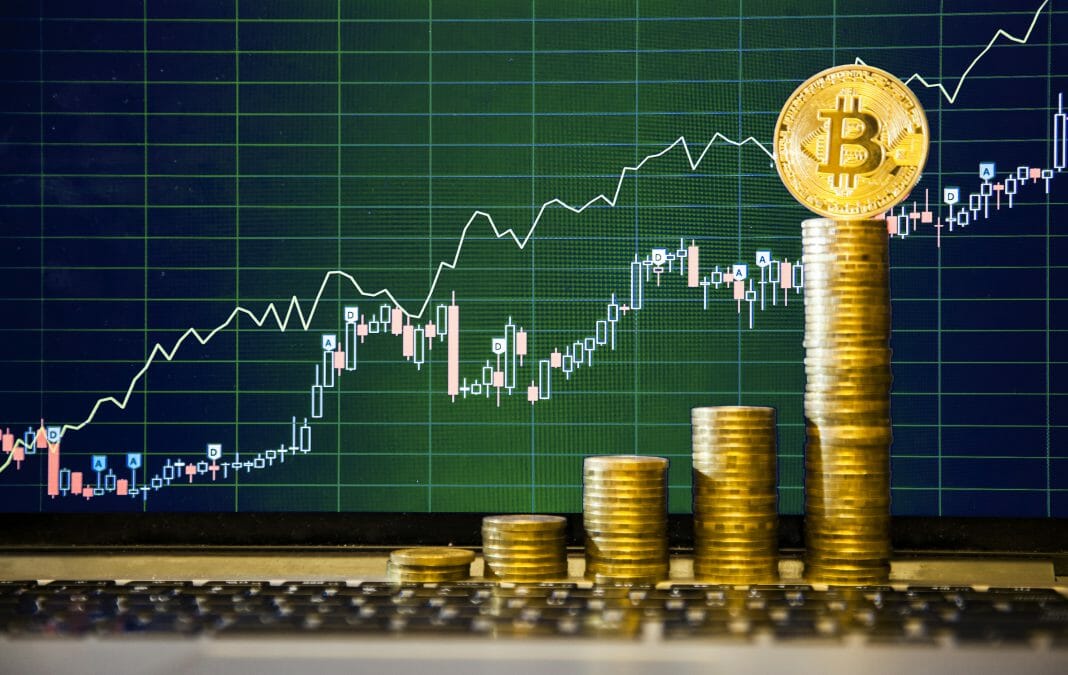One out of every two pesos spent by the Argentine Government comes from the newly created money supply. Experts warn of a 51% increase in inflation for the next 12 months.
The unprecedented health and economic crisis, created by the COVID-19 pandemic, has forced the Argentine government to resort to the most important issuance of money in the last 30 years. The measure adds weight to discussions on how far fiscal resources can be stretched, without deepening the inflationary crisis that the country has been facing for years.
Since the beginning of the year, the Central Bank of the Argentine Republic (BCRA) has issued more than 1 trillion pesos (ARS) to finance the public sector. This represents an all-time nominal record, according to an Infobae publication. The figure may not mean much to a country used to breaking nominal records, considering that Argentina has undergone annual inflation of more than 50 percentage points (p.p.) for over 10 years.
However, the monetary expansion is fueling the debate on its effects on the economy, especially when experts believe that the trend will continue. Besides, the government will continue to relax control over its portfolio, creating more debt and a greater inflationary crisis in the future.
The COVID-19 pandemic announced by the World Health Organization last March had an impact on public finances, creating the need to increase social spending and health spending to sustain a large portion of the population with no income of their own, according to a report by the Argentine Institute of Fiscal Analysis (IARAF).
The same report adds that the BCRA distributed a total of ARS 740,000 million as profits and a total of ARS 312,000 million as transitory advances. These two components constitute direct assistance from the Central Bank to the Treasury and represent an unbacked issuance of money. The ARS 1,052,000 million of direct assistance from the BCRA implies an issuance of 3.5% of the gross domestic product (GDP) estimated for 2020, thus becoming the highest figure in the last 3 decades.
Issuance to Support Public Accounts
A report by the Argentine Institute for Social Development (IDESA) notes that one out of every two pesos spent by the Argentine Government comes from the newly created money supply. Besides, it observes that, in the first quarter of 2020, 74% of the financing came from taxes, while 26% was generated by the issuance of money that the BCRA sends to the Treasury. It adds that last April, 51% came from taxes and 53% from the issuance of money, proving that the latter became the main support of the nation’s public accounts.
The report adds that the uncontrolled issuance of money generates the false feeling that isolation does not demand sacrifices. Meanwhile, in the private sector, there are business closings, wage cuts, and job losses. In the public sector, inertia and the lack of vocation to introduce structural reforms prevail. This will make it difficult to get out of confinement, to such an extent that the post-pandemic world may become worse than the pandemic itself.
The BCRA published another Market Expectations Survey (MER) report of results, based on the analysis by economists and respondents to warn of impending 51% inflation for the next 12 months. The analysts predict that the level of inflation for the next 12 months will be 51.0% (+2.0 p.p. compared to last month).
The REM analysts also forecast a sharp contraction of the real GDP for 2020 by 9.5% (a drop by 2.5 p.p. compared to the previous month). The top-10 of the best predictors of economic growth suggests that the reduction in GDP in 2020 would be 9.4% on average (-2.3 p.p. compared to the previous survey), as the document adds.
Economist Javier Milei has also alerted to Argentina’s excessive issuance of money in recent months. The expert expresses concern about the consequences that people will suffer, which may fall prey to inflation, as occurs in Venezuela.
The economist explains that cryptocurrencies are increasingly visible to Argentines. Last May, the trading volume of Bitcoin (BTC) on LocalBitcoins increased sharply in the country. The figure of USD 571,942, recorded in the week from May 4th to 10th, represents the all-time high for the trading volume on the P2P exchange platform.
By Alexander Salazar











